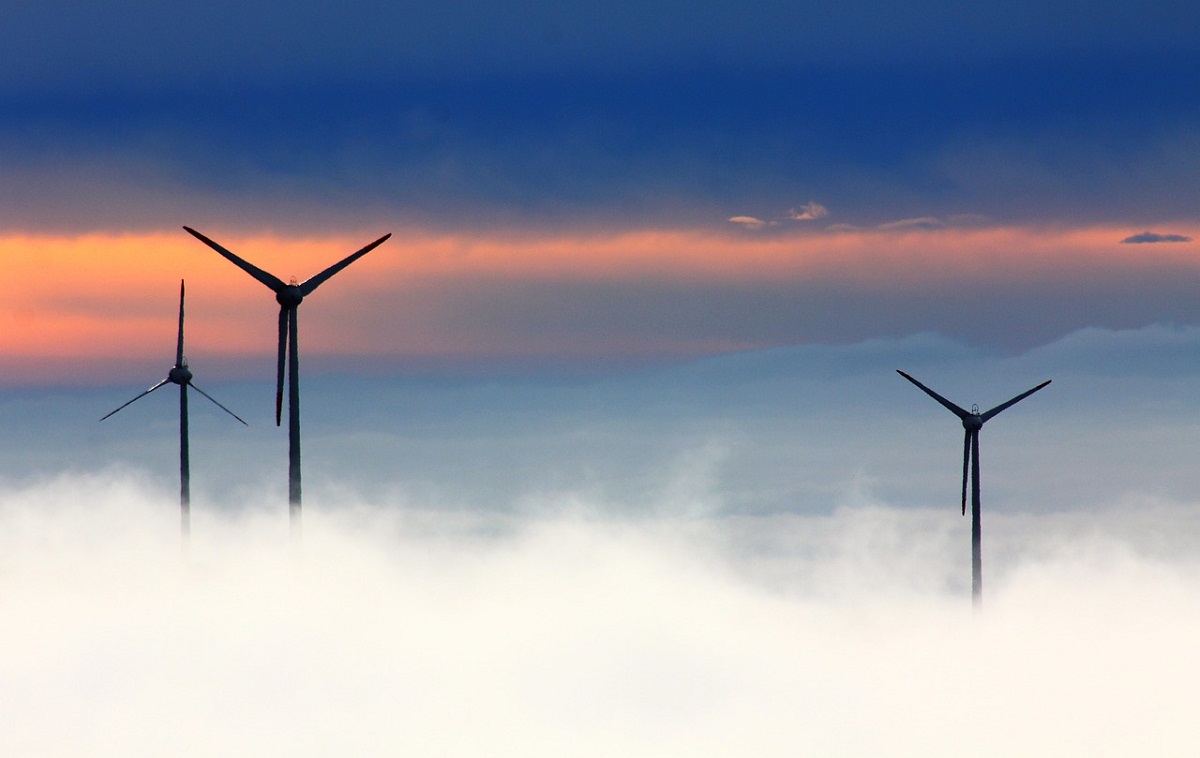Australia opened its first offshore wind farm development zone on Monday in an area off its southern coast in an effort to kick-start a new sector and help the country reach net zero carbon emissions by 2050.
As anticipated, the government chose the Gippsland coast off the state of Victoria as the location for the first offshore wind power zone, where the A$9 billion ($6 billion) Star of the South project, which has been in the planning stages for ten years, will be built.
Offshore wind in Australia has enormous potential, and the Albanese government today approved the development of this sector, according to a statement from Energy Minister Chris Bowen.
The government also granted Star of the South significant project designation on Monday, facilitating the expedited approval process for the 2.2 GW offshore wind farm.
If the wind is good, Star of the South will start in 2025
If all went according to plan, the project’s operator, also known as Star of the South, said construction might start in 2025, and electricity production could commence at the end of the decade.
This is good news for everyone involved, according to Charles Rattray, chief executive officer of Australia’s most advanced offshore wind project, Star of the South. He said that this helps to pave the path for this new industry to thrive.
There are other wind energy plants planned
Another developer, Flotation Energy, has partnered with Japan’s Tokyo Electric Power Co to build the 1.5 GW Seadragon project, which could be completed in six years and supply electricity to up to 1 million homes.
The 2.5 GW Great Eastern Offshore Wind project in Gippsland is planned by Corio Generation, the offshore wind division of Macquarie Group. Corio Generation says it will apply for a feasibility license.
The initiatives could all assist Victoria in reaching its ambitious goals of 2 GW and 4 GW of offshore power by 2032 and 2035, respectively, but the nation confronts several difficulties in creating the sector from start.
Government sees far
The government is considering allowing offshore wind farms in other areas, such as off the east coast of New South Wales, off western Victoria, off northern Tasmania, and off Western Australia’s south coast.
Payments to coal-fired plants were a major sticking point in negotiations between regulators and states over a strategy for a reliable power supply, but they will not be included in this long-awaited agreement with states.
In an effort to spur at least A$10 billion ($6.7 billion) in investment to stabilize the grid as coal-fired facilities retire, the Australian government has decided to finance new wind and solar farms supported by energy storage.

